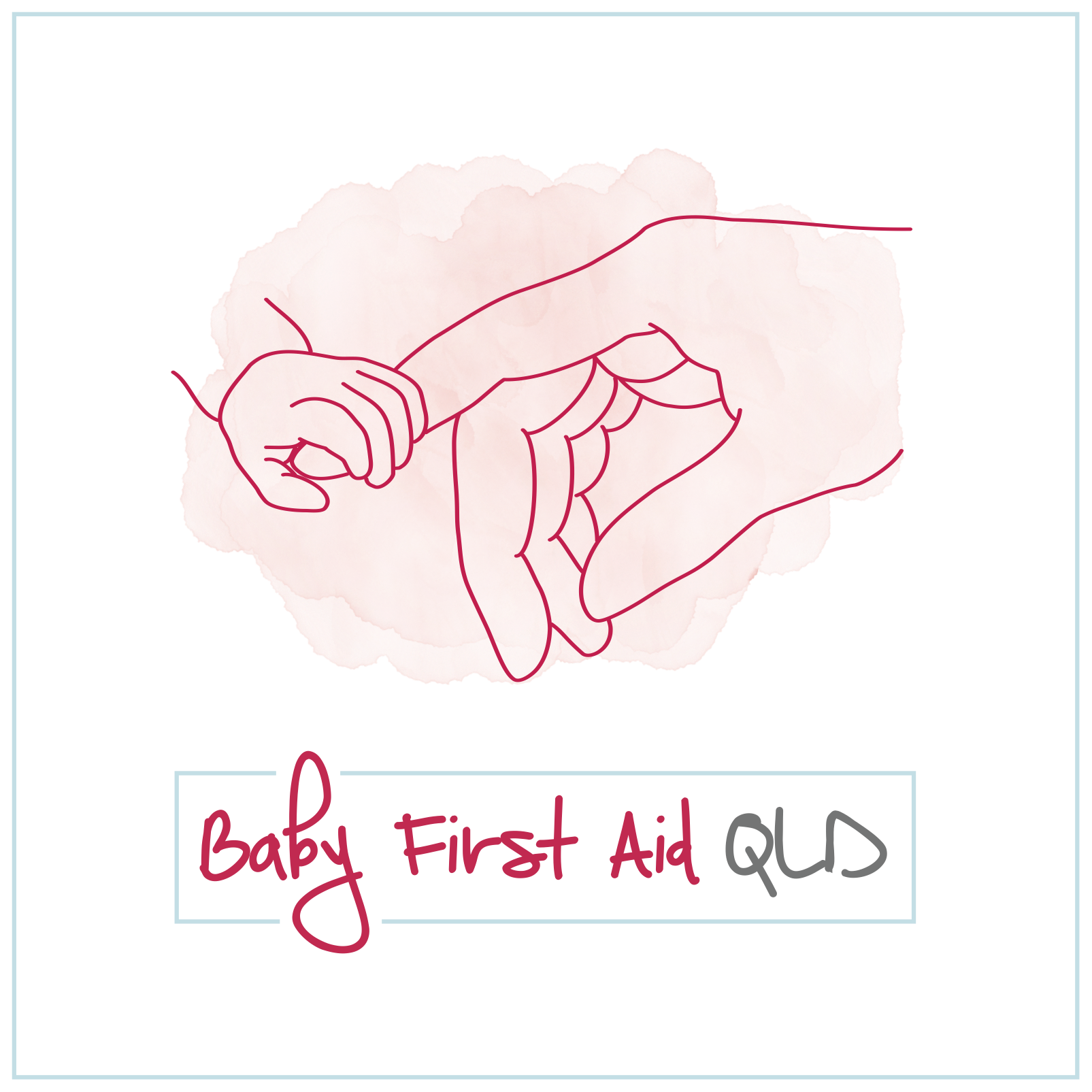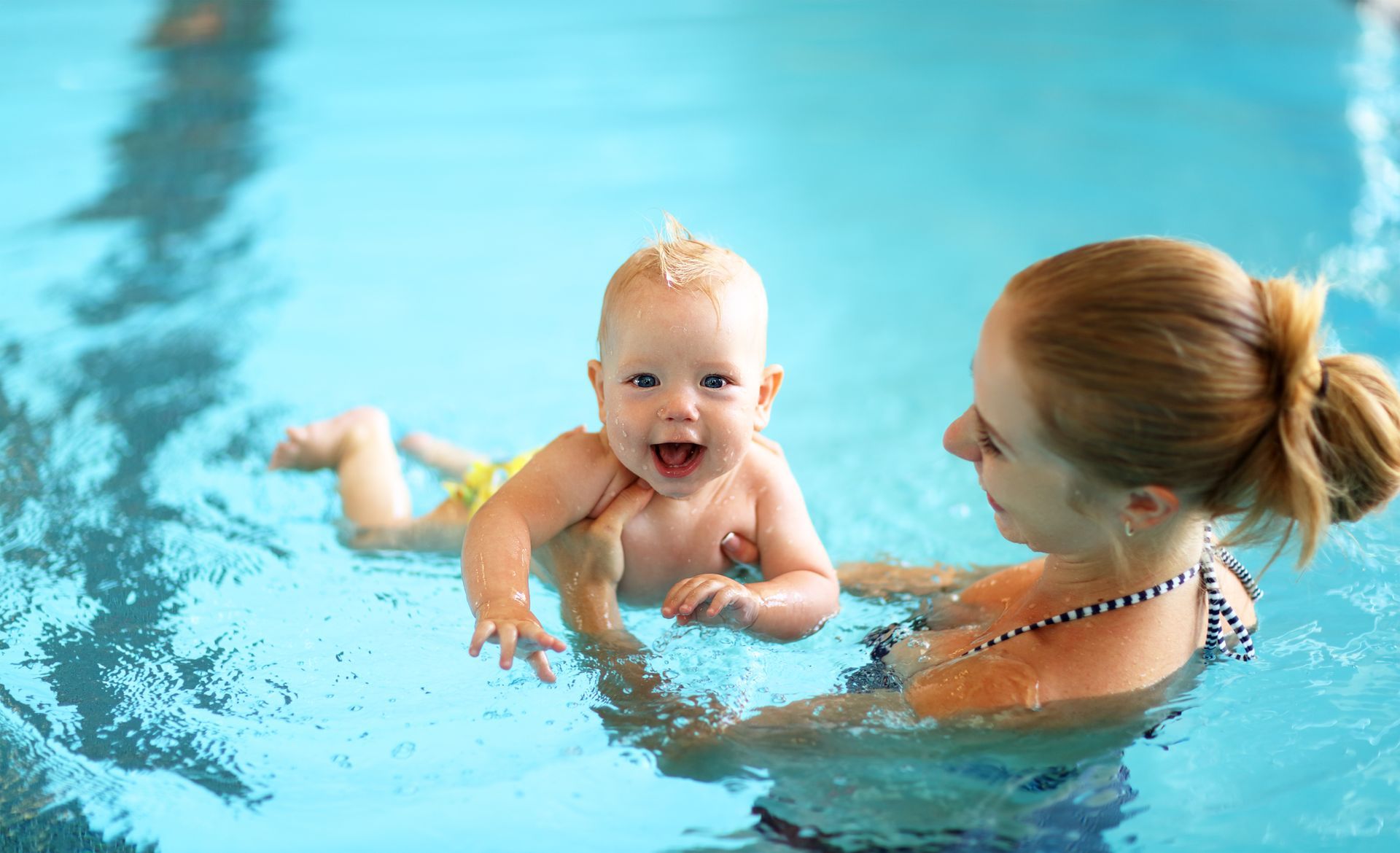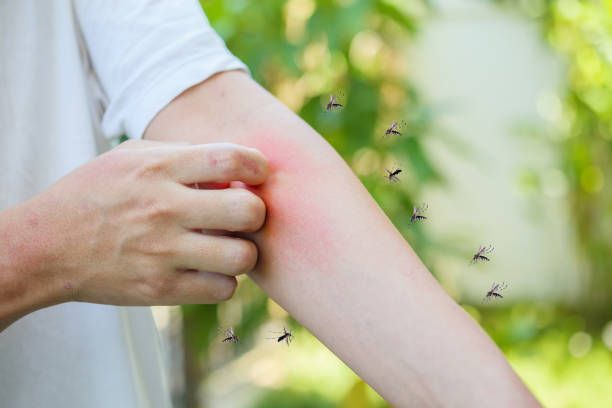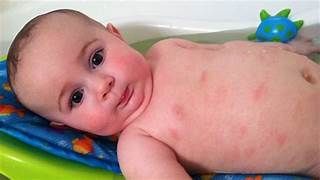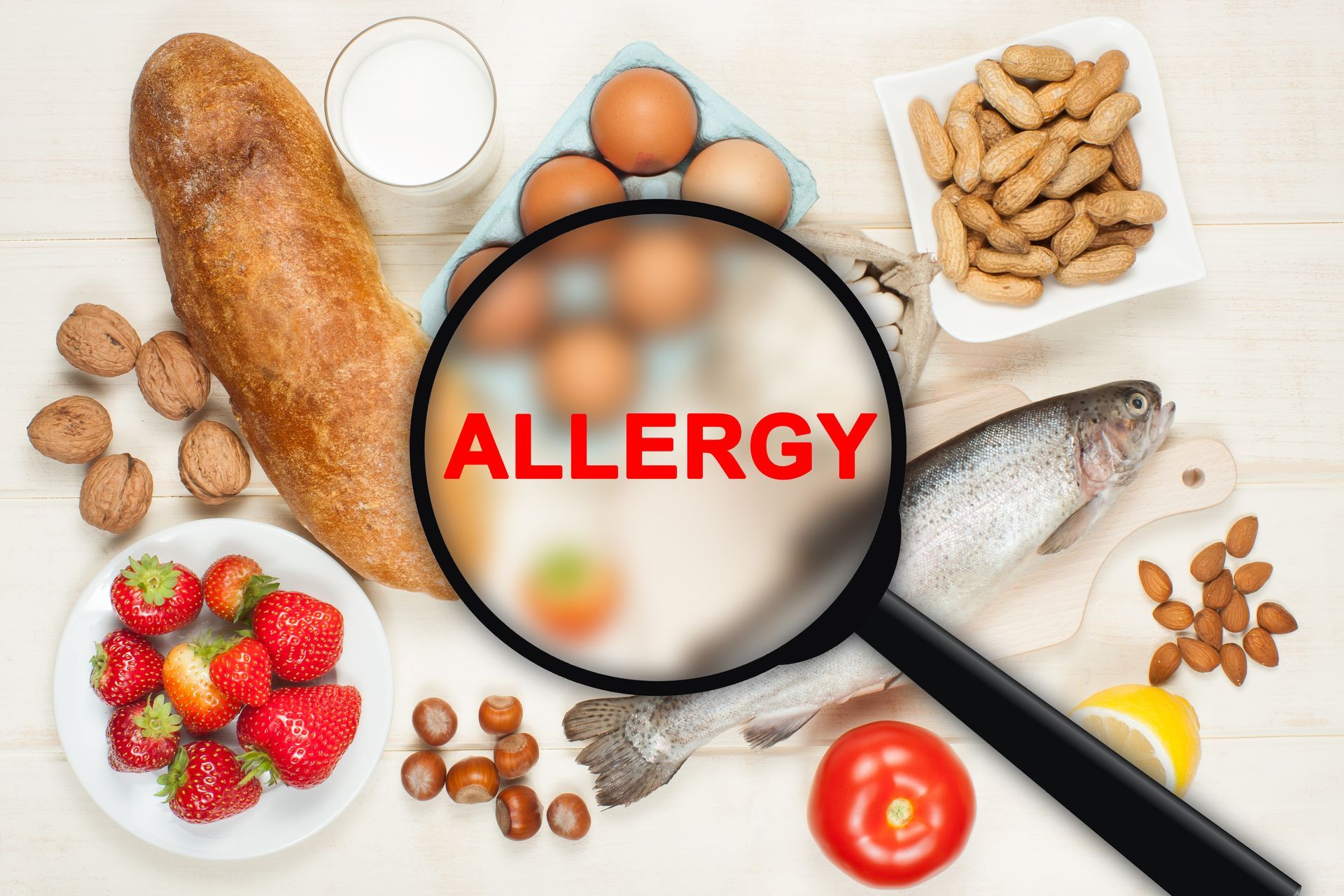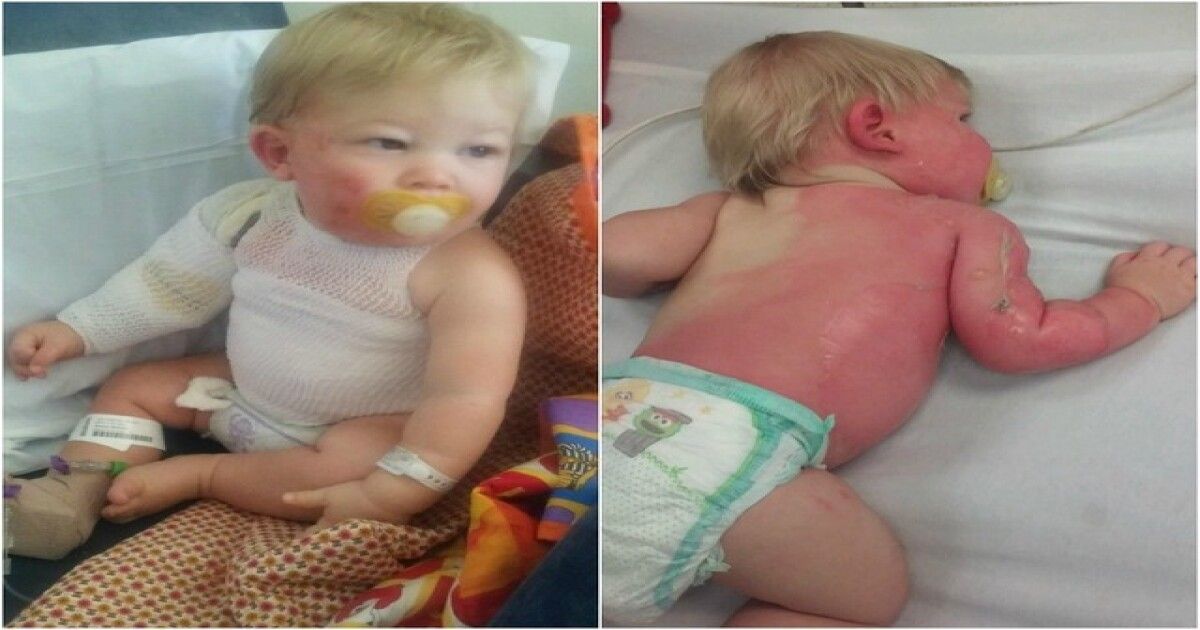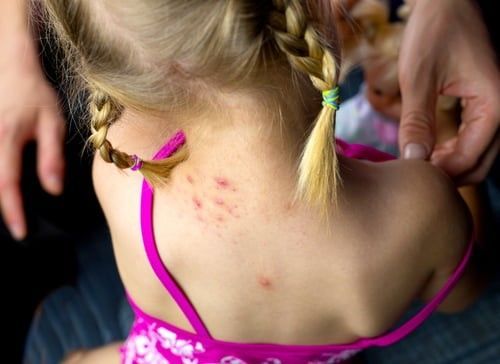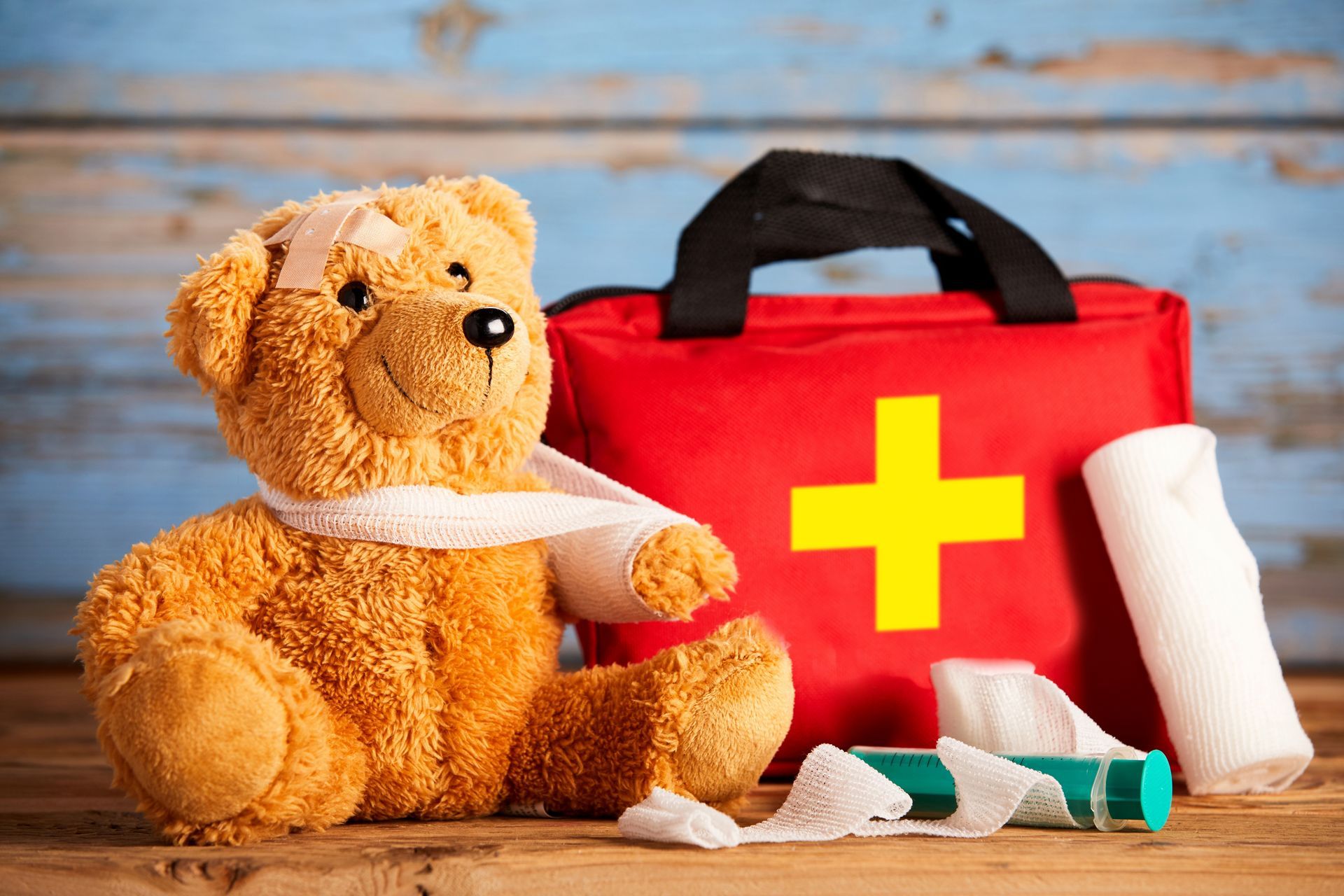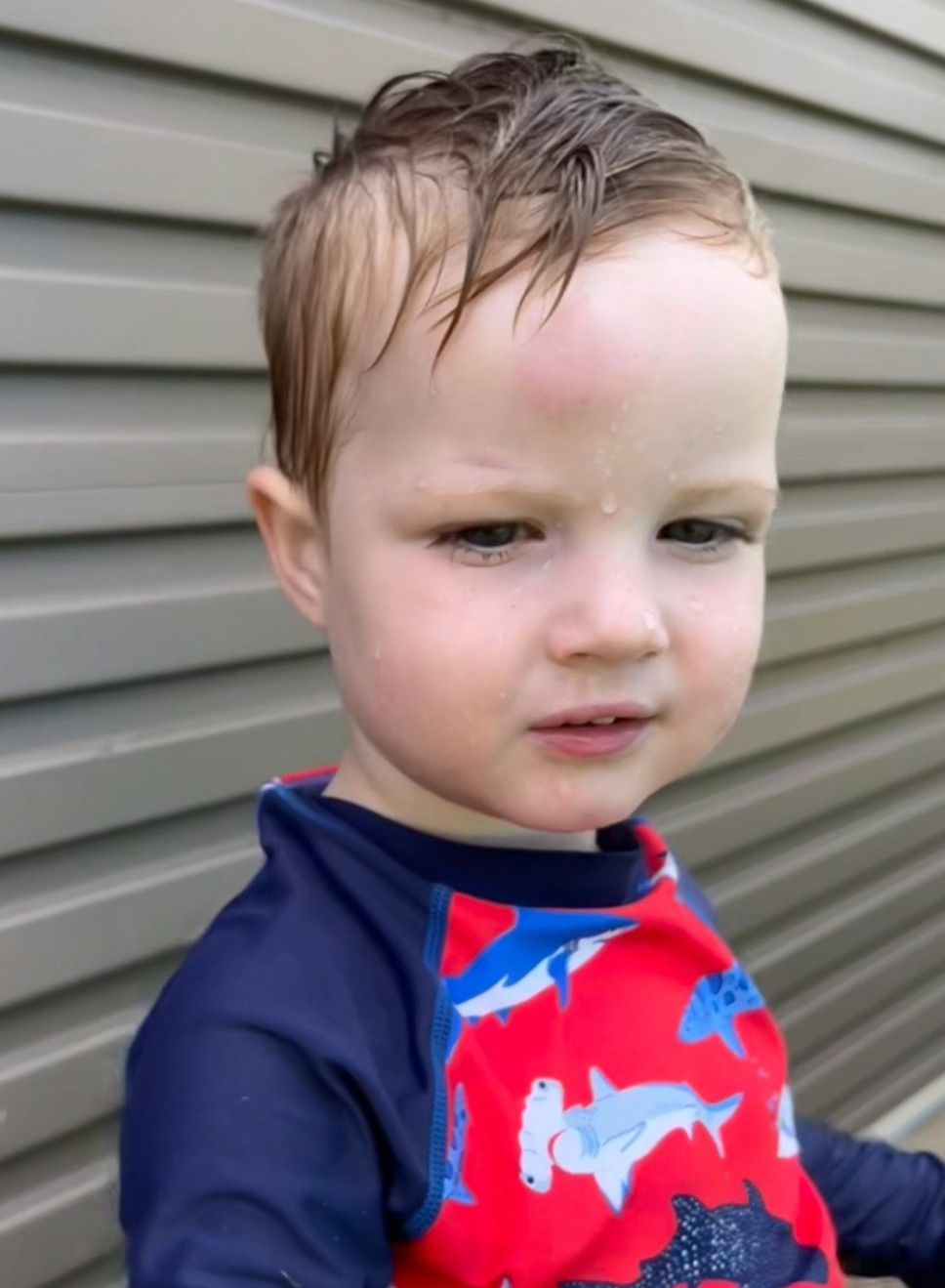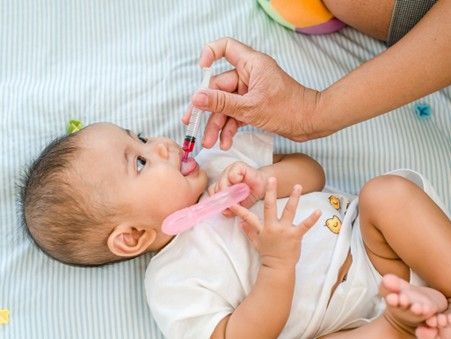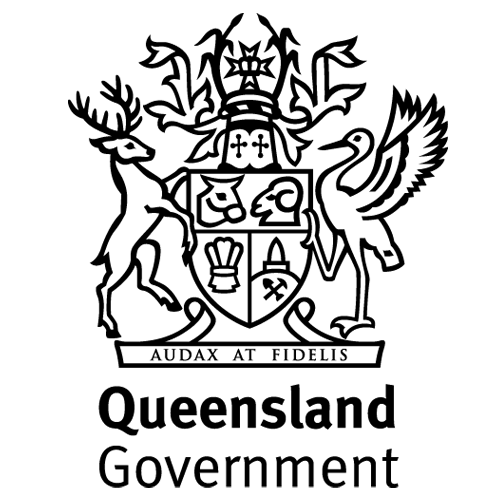Handling Poisons: Your Essential Guide to Storing and Responding to Chemical Accidents at Home
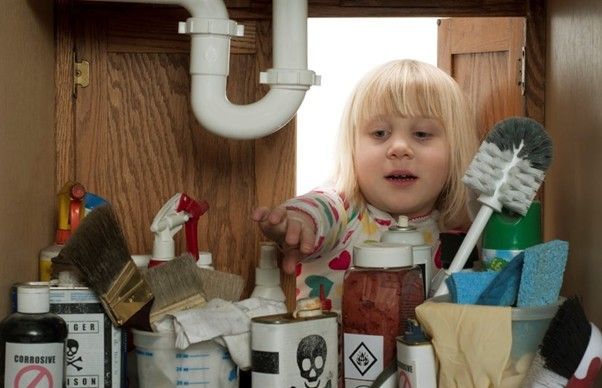
Every day, Australian Poisons Information Centres receive hundreds of calls about accidental poisonings and many involve young children. Babies and toddlers are naturally curious explorers who love to touch, taste, and test everything around them. Unfortunately, this curiosity can lead to dangerous situations when common household products, medications, or chemicals are within reach.
The good news? Most poisoning incidents are entirely preventable with a few simple safety measures and a clear action plan for emergencies.
Safe Storage: Prevention Starts at Home
The best way to protect your child from accidental poisoning is through safe storage. Many household items we use daily such as cleaning sprays, medicines, and e-cigarette liquids can be harmful, even in tiny amounts.
Here’s how to keep your home poison-safe:
- Store all medicines, chemicals, and cleaning products up high and out of reach, ideally in a locked cupboard.
- Never transfer products into drink bottles or food containers, children can easily mistake them for something safe to eat or drink.
- Keep products in their original packaging so ingredients and safety information are always available in case of an emergency.
- Use child-resistant caps correctly, but don’t rely on them completely, they slow children down, but they are not childproof.
- Be cautious with modern risks like vape liquids and nicotine refills, these are highly toxic if swallowed or absorbed through the skin, even in small doses.
- After use, put it away immediately, most poisonings occur when products are left out “just for a minute.”
Remember, safe storage doesn’t stop in the kitchen or laundry. Check your bathroom, garage, handbag, and bedside table for potential hazards too.
Common Poisons Around the Home
Some of the most common substances involved in childhood poisonings include:
- Cleaning products (bleach, dishwashing liquid, disinfectants)
- Medications (pain relievers, vitamins, iron tablets)
- Personal care items (nail polish remover, mouthwash, perfume)
- Garden products (fertilisers, weed killers, pesticides)
- Vapes and e-liquids
Even natural or “eco-friendly” products can be dangerous if swallowed or splashed into the eyes.
Immediate Action: What to Do if Poisoning Happens
If you suspect your child has swallowed, inhaled, or been exposed to a poisonous substance, stay calm and act fast.
- Call the Poisons Information Centre immediately: 13 11 26
- This is your first and most important step.
- The experts will guide you through exactly what to do based on the product, amount, and your child’s symptoms.
- Keep the product container handy to give accurate information.
2. Do NOT try to make your child vomit or give them anything to eat or drink unless advised by the Poisons Information Centre.
3. If your child is unconscious, not breathing, or having a seizure — call 000 immediately and start basic first aid (DRSABCD).
4. For skin or eye exposure, rinse the affected area with cool running water for at least 15 minutes while following advice from the
Poisons Information Centre.
Stay Prepared
Keep the Poisons Information Centre number (13 11 26) displayed on your fridge, in your phone, and in your first aid kit. Educate all caregivers, grandparents, and babysitters about what to do in an emergency.
The Bottom Line
Accidental poisonings can happen in seconds but preparation and prevention make all the difference. Store smart, act fast, and remember: your first call should always be to 13 11 26.
For more information:
https://www.rch.org.au/kidsinfo/fact_sheets/Poisoning_Prevention_for_Children
Disclaimer: The health information provided is for informational purposes only and is not intended to be a substitute for professional medical advice, diagnosis, or treatment. Always seek the advice of a qualified healthcare provider with any questions you may have regarding a medical condition.
